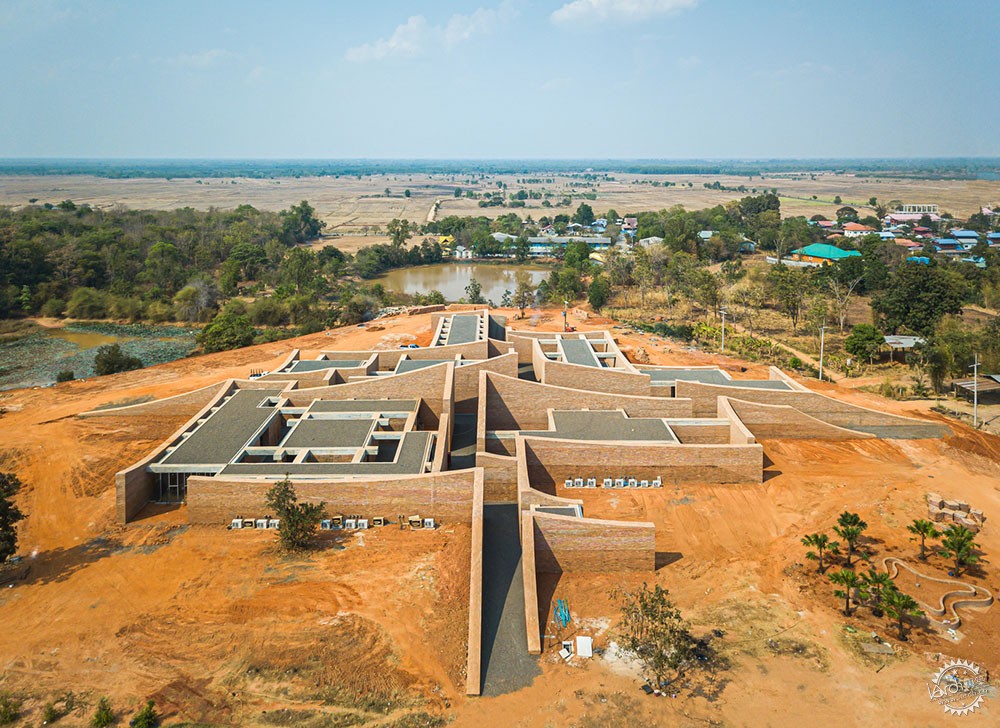
大象博物馆——大象世界 / Bangkok Project Studio
Elephant Museum - Elephant World / Bangkok Project Studio
由专筑网邢子,小R编译
来自建筑事务所的描述:大象在泰国有着特殊的地位,它们参与盛大的皇家仪式,也是泰国古代历史上国王的战士,除了受到尊重,大象和泰国人之间的关系也是独一无二的,它们被当作家庭成员而不是宠物或劳动力。在泰国东北部苏林省的魁族村落,这种关系最为牢固。几个世纪以来,这个社区一直与大象生活在一起,他们的生活方式,从出生到死亡,几乎无法与大象分开。
Text description provided by the architects. Elephants have a special status in Thailand. They are part of grand royal ceremonies and were war animals for Kings throughout the country’s ancient history. In addition to being respected, the relationship between elephants and Thai people are unique—being treated as family members rather than pets or labour. The bond is perhaps strongest in the village of the ethnic Kui in Surin province, north-eastern Thailand. For many centuries, the community has lived with elephants that their ways of life, from birth to death, can hardly be separated.
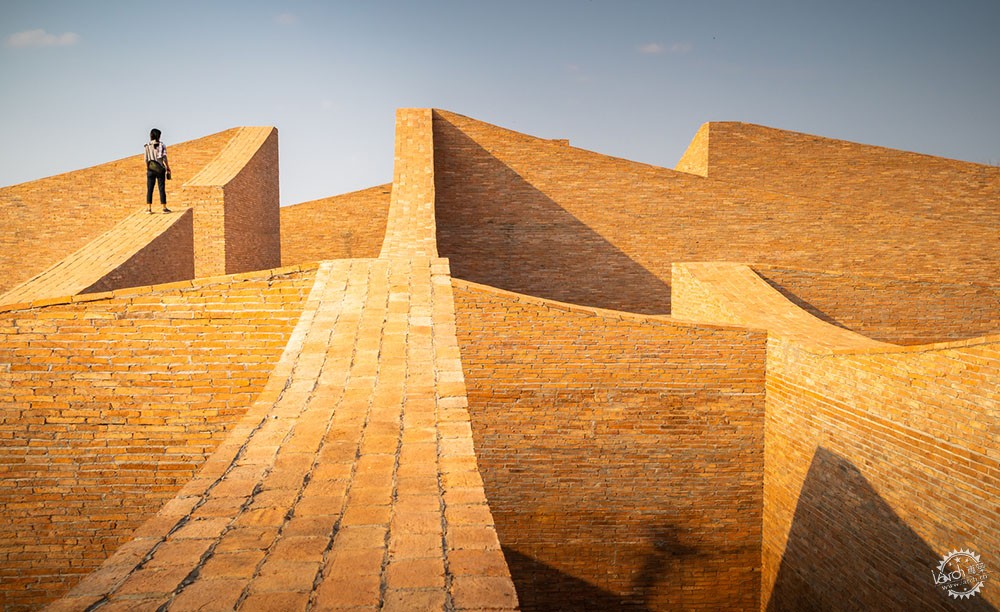
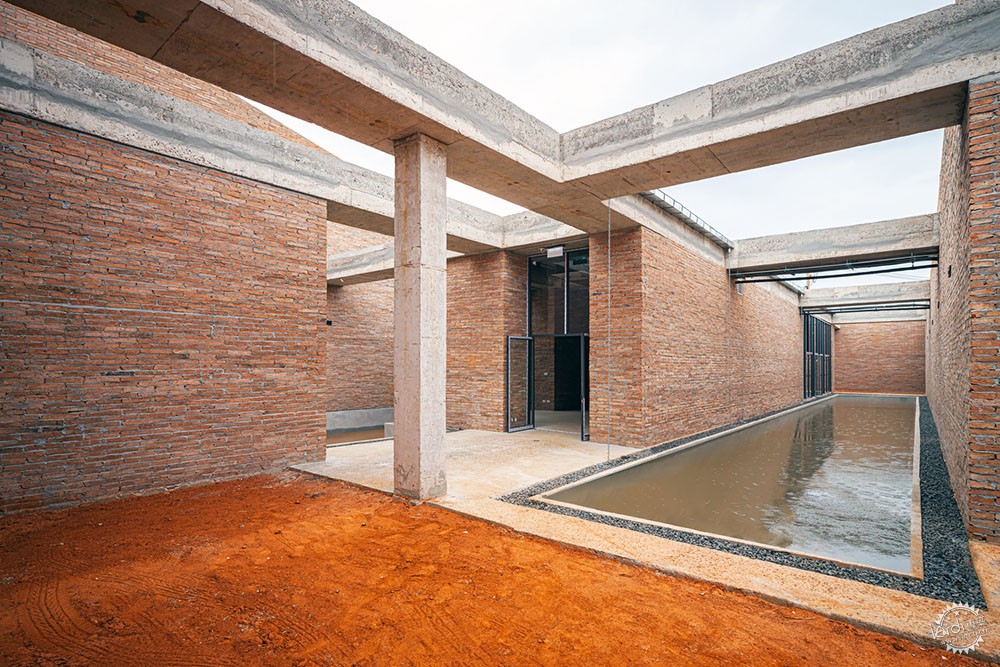
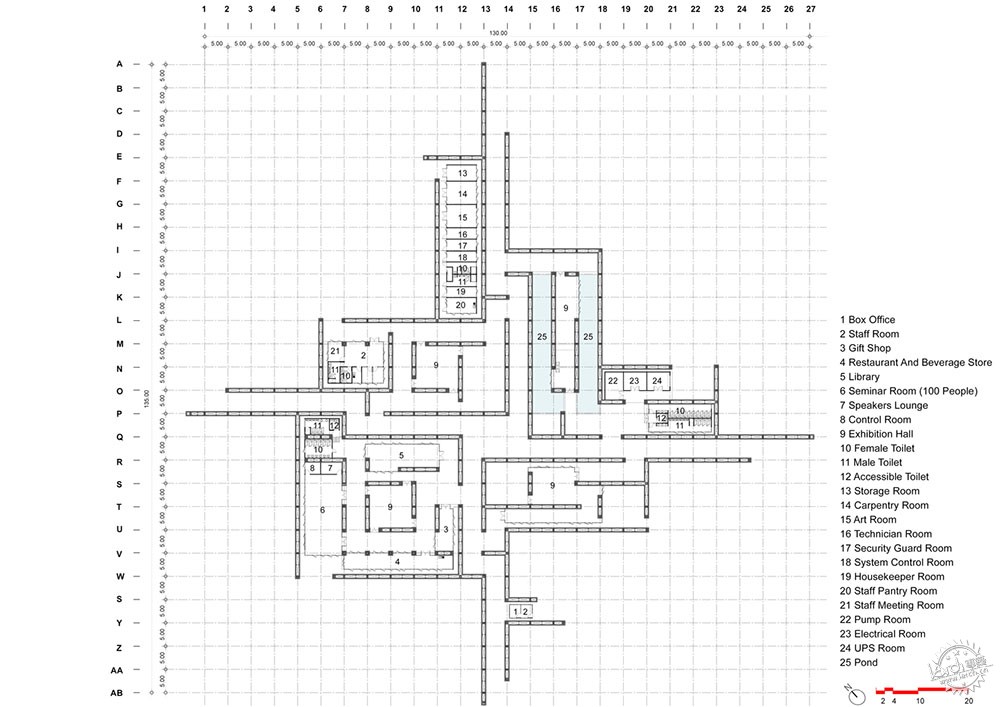
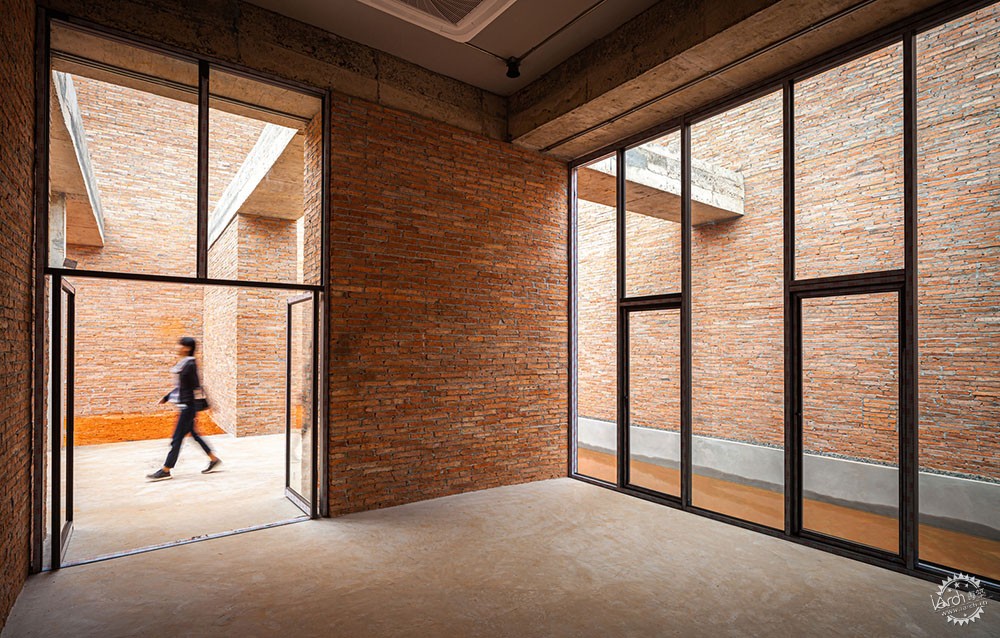
苏林省的森林曾经绿意盎然,但在过去的半个世纪里,森林被破坏,改为种植经济作物。魁族人和他们的大象遭受了极端的干旱、食物及药用植物的短缺。他们都被剥夺了生计,流离失所到旅游城市乞讨食物或在大象营地工作,那里的大象的生活条件非常艰苦。
Once lush greenery, the forest of Surin was destroyed in favour of cash crops in the last half-century. The Kui and their elephants suffered extreme droughts, shortages of food and medicinal plants the forest once provided. Deprived of sustenance, the two displaced to tourist towns begging for food or working in elephant camps, some with unsuitable living conditions.
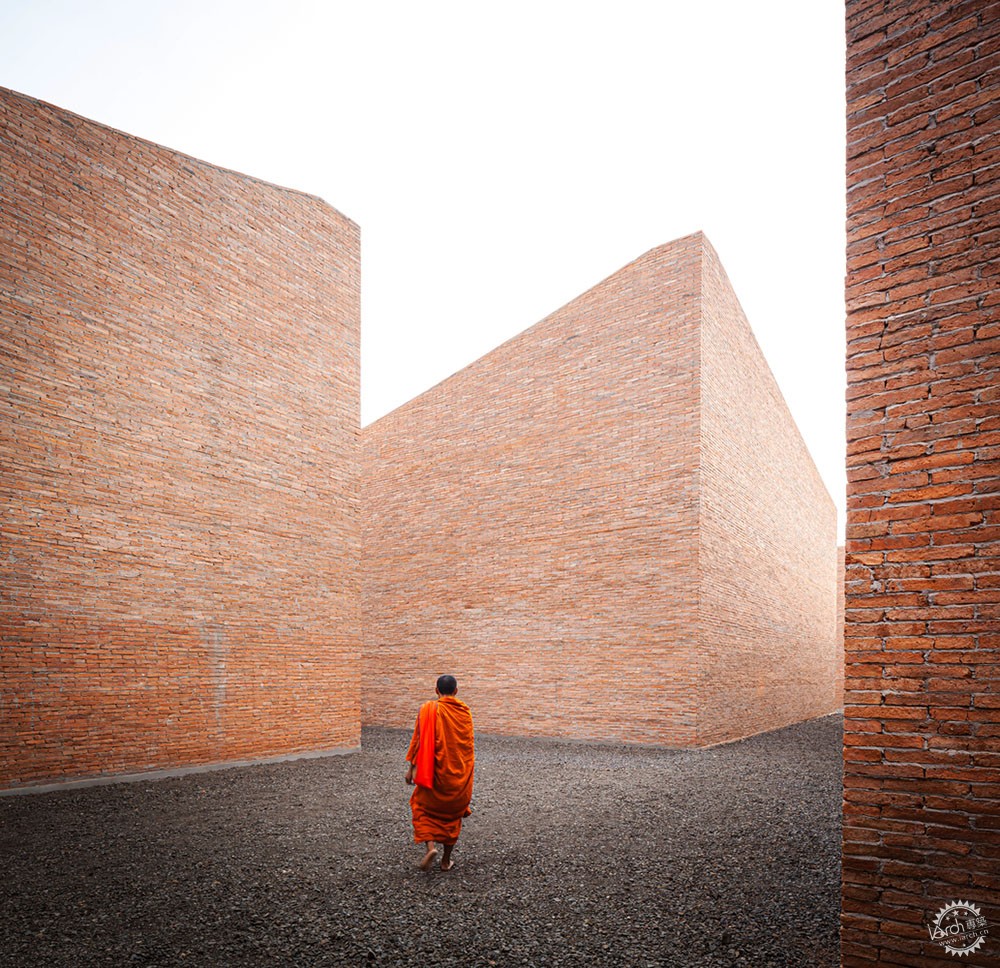
大象博物馆是“大象世界”的一部分,是当地政府创立的项目,目的是让两者都能回到自己的家园,并保证大象的生活条件。大象博物馆不仅展示物品,还将描绘出生活在这里的村民和200多头大象的真实故事,他们长期建立的家庭关系,对动物剥削的残酷性的声讨以及对未来的希望。
Elephant Museum is part of Elephant World, a project initiated by the local government to bring the two back to their homeland and to ensure the suitable living conditions for the elephants. Not only showcasing objects, but the museum shall also portray the voice of the villagers and more than 200 elephants living here—of their long-established familial relationship disapproval of the cruelty of animal exploitation, and of their hope for the future.

在广袤而没有树木的景观中,高低不一的弧形墙体从地面冒出,面向游客开放。墙体相互倾斜、交叉,露出缝隙,将游客引入内部。
Amidst the vast treeless landscape, curved walls at varying heights sprout from the ground, seemingly opening the building up to visitors of an elephant’s size. The walls slope and cross one another, revealing gaps that lead visitors to the inside.
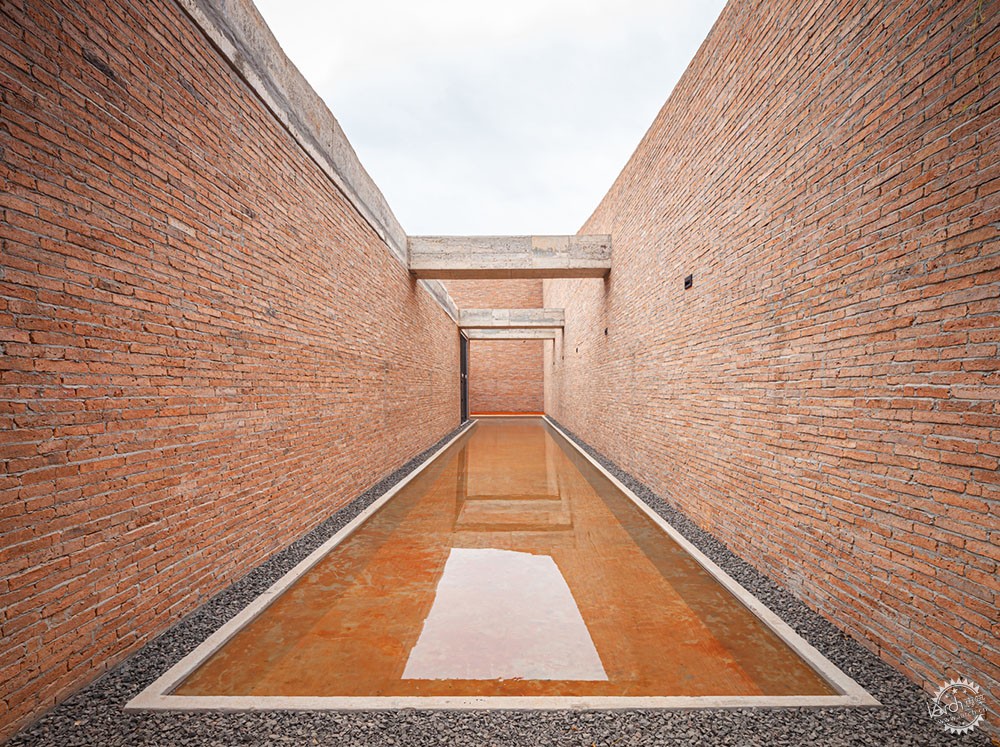
四个展览馆中开辟出不同形状和大小的庭院,有的满是小水池,有的用红土铺成,就像外面的风景。不同尺度的户外小路、遮挡的空间和开放的庭院,让人联想到这里的元素:从大象、人类、房子、洗澡的池塘,嬉戏的大象享受这片土地。
Courtyards of different shapes and sizes open up from the four exhibition galleries. Some are filled with small pools, some with reddish earth just like the landscape outside. Different scales of outdoor paths, sheltered space, and open courtyards, recall elements of the area: from elephants, humans, their houses, the ponds they both bathe, to the dirt bath the playful elephants enjoy.
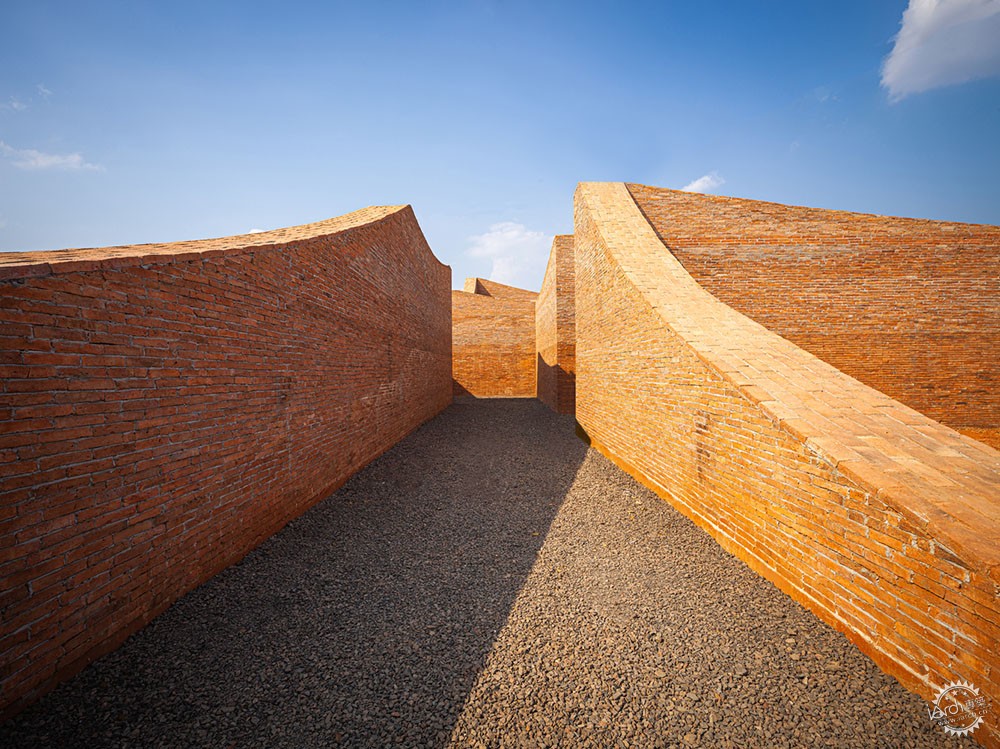
阳光是设计中必不可少的元素。房间和小路在某些区域被阳光照亮,而另一些区域则在阴影中,根据太阳的角度,一天中的投影会发生变化。展览可能出现在庭院或外墙上,而在长廊内,人们可以找到座位休息,一边观看外面展示的内容,一边思考两个物种之间的共存关系。
Portraying life under the sun, sunlight is an essential element in the design. Rooms and paths are brightly lit by sunlight in certain areas and dimmed in others. The effects change throughout the day, depending on the angle of the sun. Exhibitions may happen in the courtyards or on exterior walls. And inside the galleries, one may only find seats to rest and look out at the content displayed outside while reflecting on the coexistence between the two species.

超过480000块烧制的粘土砖采用当地土壤,并使用世代相传的技术手工制作而成。在工作机会不多的小镇,建造过程为当地人创造了工作机会和收入,同时也提高了被忽视的当地材料的价值。经过几十年远离家乡的挣扎,博物馆将赋予魁族、大象和苏林人民力量,它的计划和建设过程将激发人们对传统的自豪感,并让他们心爱的大象找回尊严。
Over 480,0000 fired clay bricks are made by hand from loam found in the area with the technique that has been passed down through generations. In the town where there are not many job opportunities, the construction process creates jobs and income for the locals while increasing the value of the often-overlooked local material. After decades of struggling away from home, the museum shall empower the Kui, the elephants, and the people of Surin. Its program and the building process shall encourage them to take pride in their heritage, and restore the dignity of their beloved elephants once again.
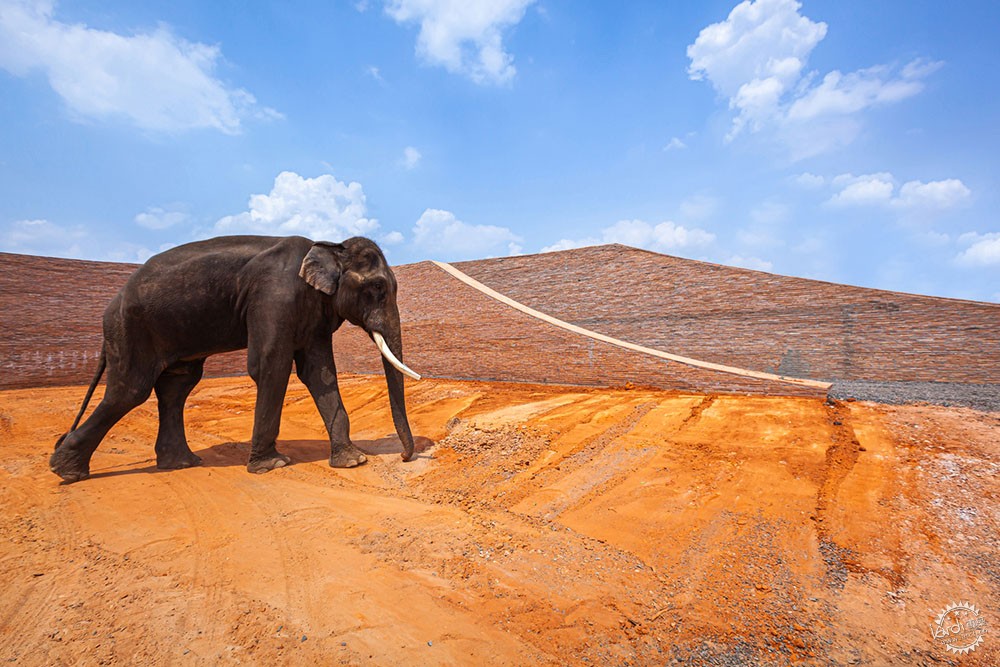
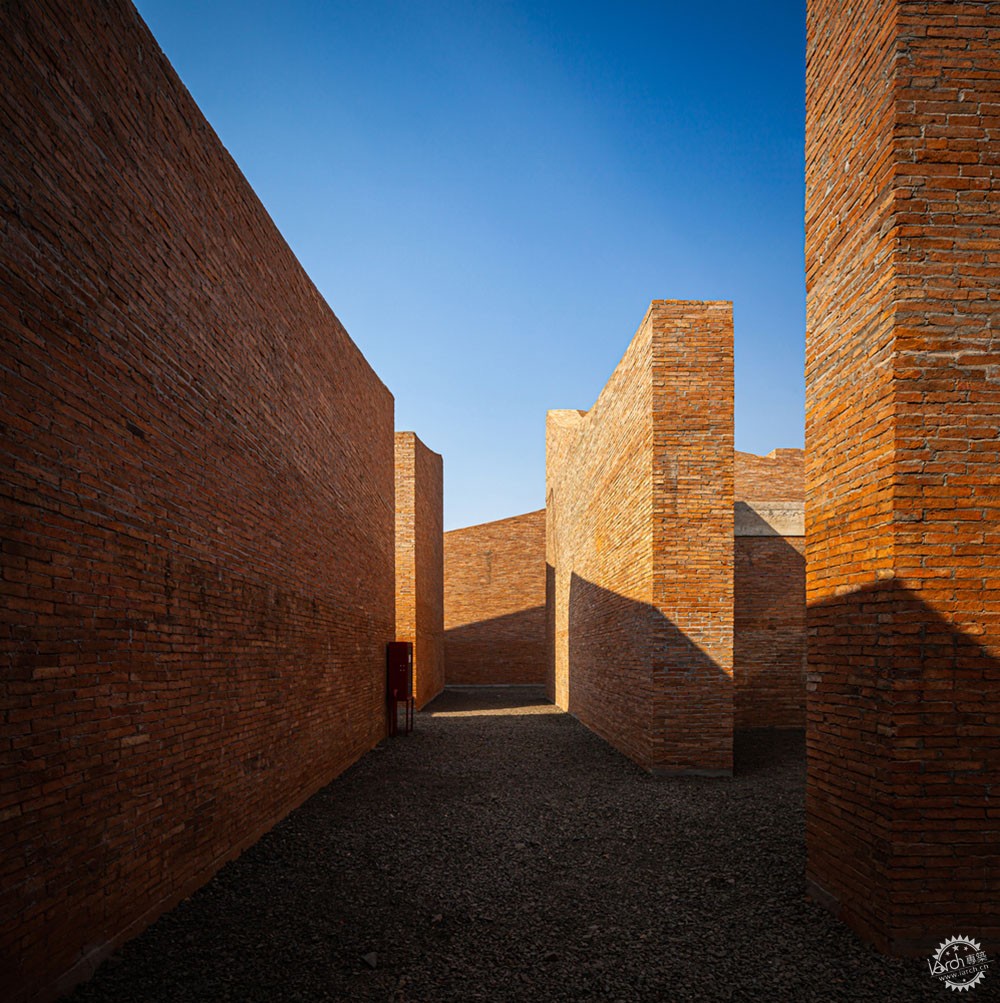

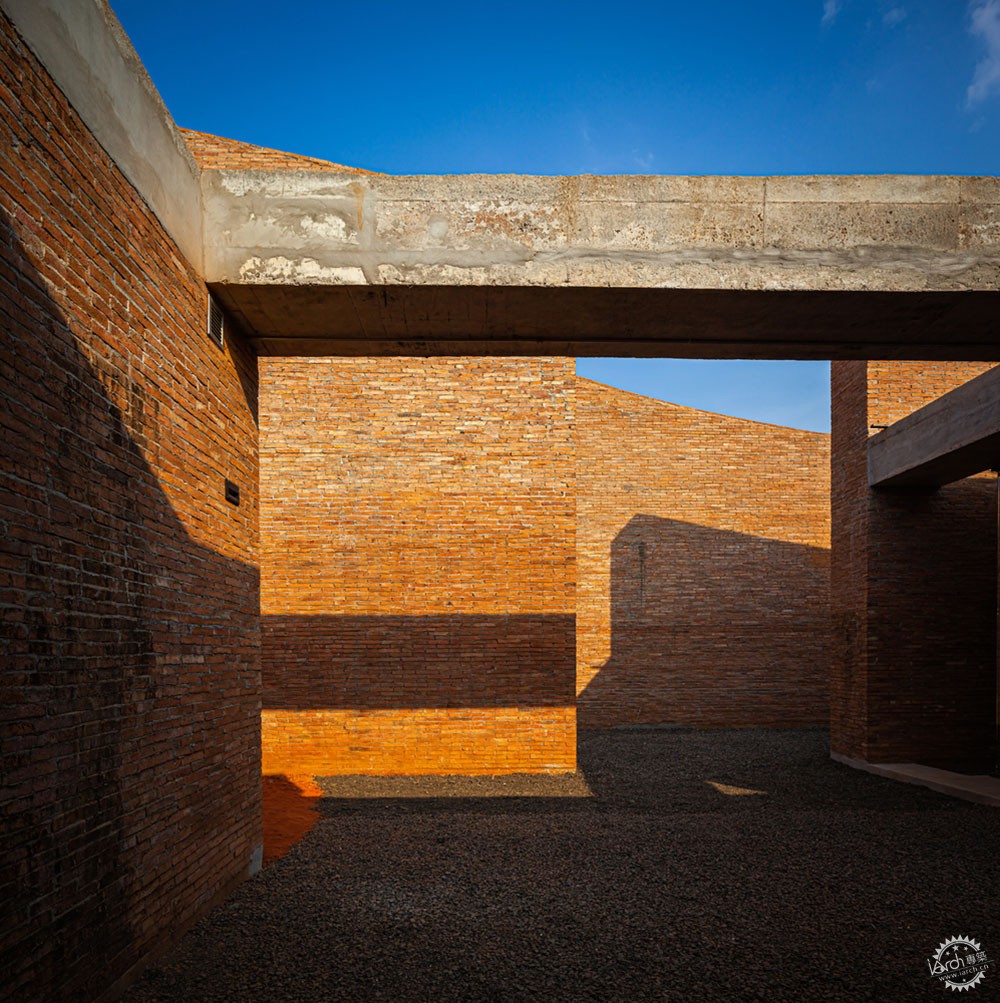
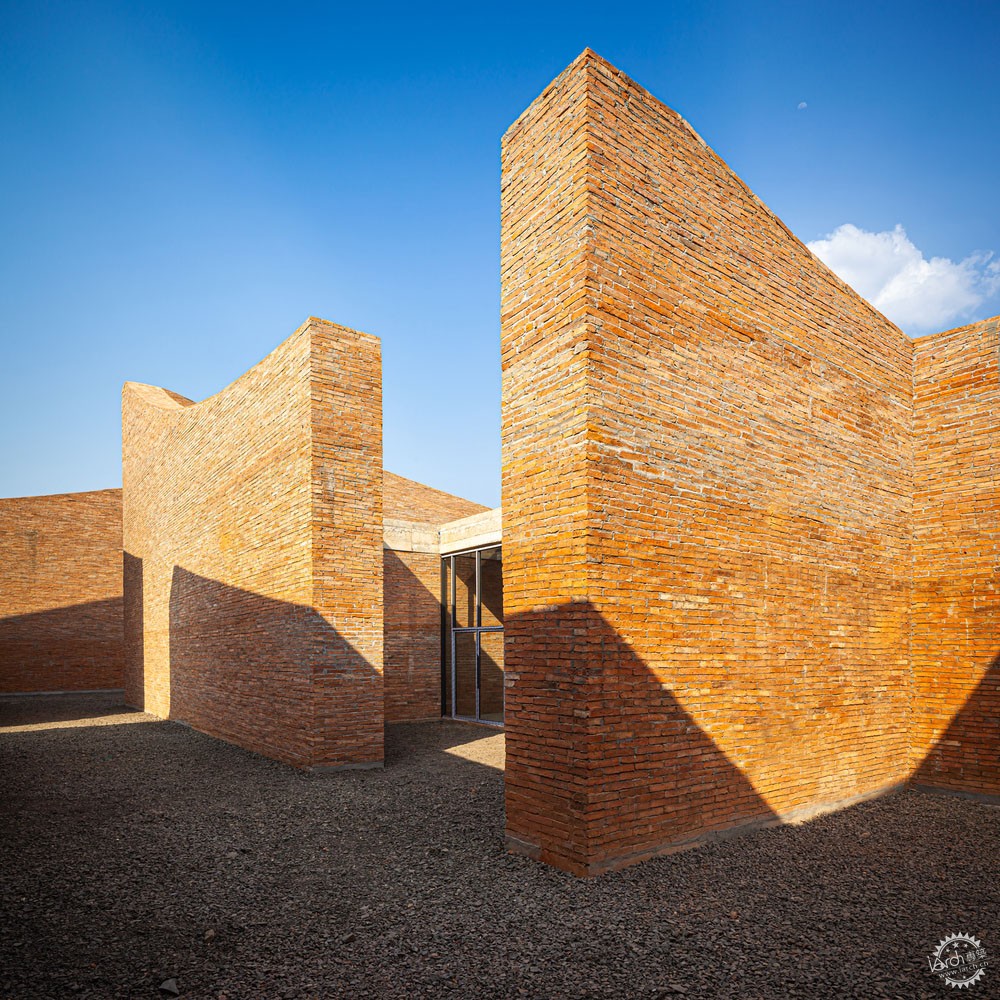
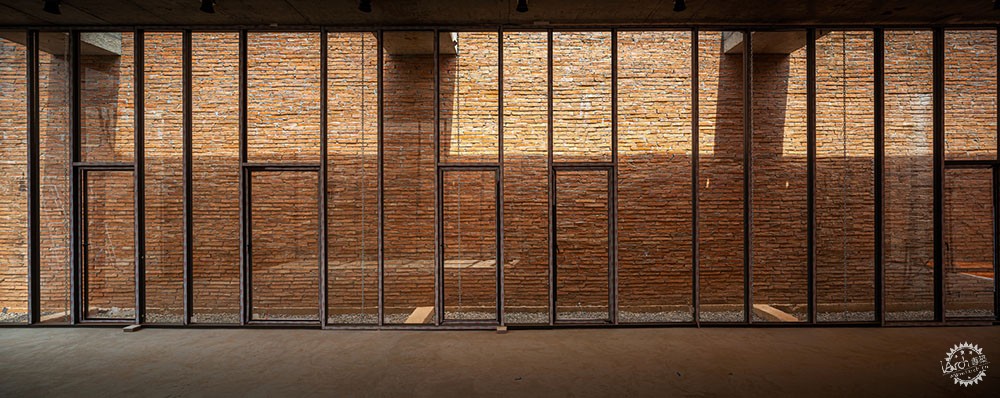

建筑设计:Bangkok Project Studio
类型:文化建筑/博物馆
地点:泰国
面积: 5400 m2
项目时间:2020年
摄影:Spaceshift Studio Spaceshift Studio
主创建筑师:Boonerm Premthada.
设计团队:Boonserm Premthada, Nathan Mehl。
工程师:Preecha Suvaparpkul
客户:Surin Provincial Administration Organisation
工程建设:Rattanachart Construction Company Limited
顾问:Surin Provincial Administration Organisation
Cultural Architecture, Museum • Thailand
Architects: Bangkok Project Studio
Area: 5400 m2
Year: 2020
Photographs: Spaceshift Studio
Architect In Charge:Boonserm Premthada
Design Team:Boonserm Premthada, Nathan Mehl
Engineer :Preecha Suvaparpkul
Clients:Surin Provincial Administration Organisation
Engineering And Construction:Rattanachart Construction Company Limited
Consultants :Surin Provincial Administration Organisation
Country:Thailand
|
|
